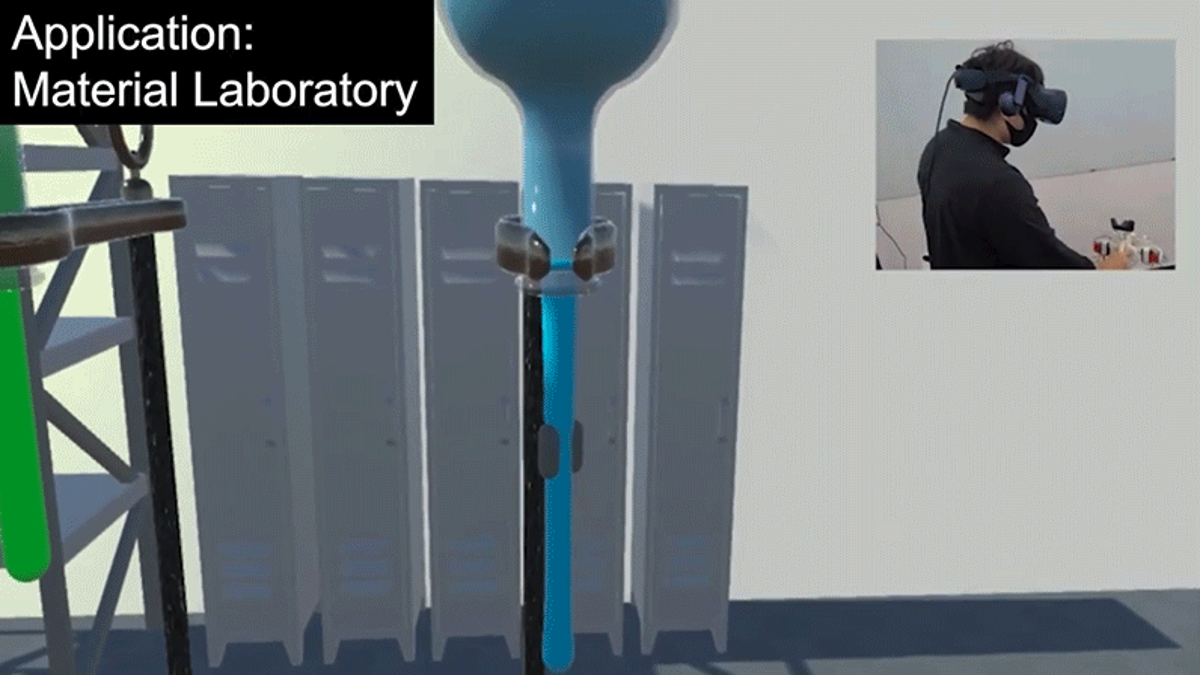
To keep this story PG-13, let’s stick with one of the example use cases the researchers suggest for the SpinOcchio controller: virtual pottery. Making bowls, vases, and other ceramics on a potter’s wheel in real life requires the artist to be able to feel the spinning object in their hands in order to make it perfectly cylindrical and stable. Attempting to use a potter’s wheel in virtual reality with a pair of VR joysticks in hand is nowhere near the same experience, but that’s the ultimate goal of VR: to accurately recreate an experience that otherwise may be inaccessible to a user.
To simulate the feeling of skin slip, like when a lump of clay slides through a potter’s hands, the SpinOcchio controller uses spinning discs that can pivot against a user’s fingers. This supposedly creates the physical sensations of an object sliding through fingertips and syncs them with what the user’s virtual hands are doing in a VR world. This is thanks to the spinning discs’ ability to pivot, which allows the controller to also recreate the contours of a curvy object sliding through a user’s fingers. Think of a virtual Coca-Cola bottle, to stick with the researchers’ own examples.
The SpinOcchio controller will officially debut at the 2022 Computer-Human Interaction conference that takes place in late April in New Orleans this year, but you can already access the full research paper now, ‘SpinOcchio: Understanding Haptic-Visual Congruency of Skin-Slip in VR with a Dynamic Grip Controller’ if you want to dive deeper into the researchers’ family-friendly suggested uses for the device. But the promotional video they’ve created tells a different story about why this thing exists.
